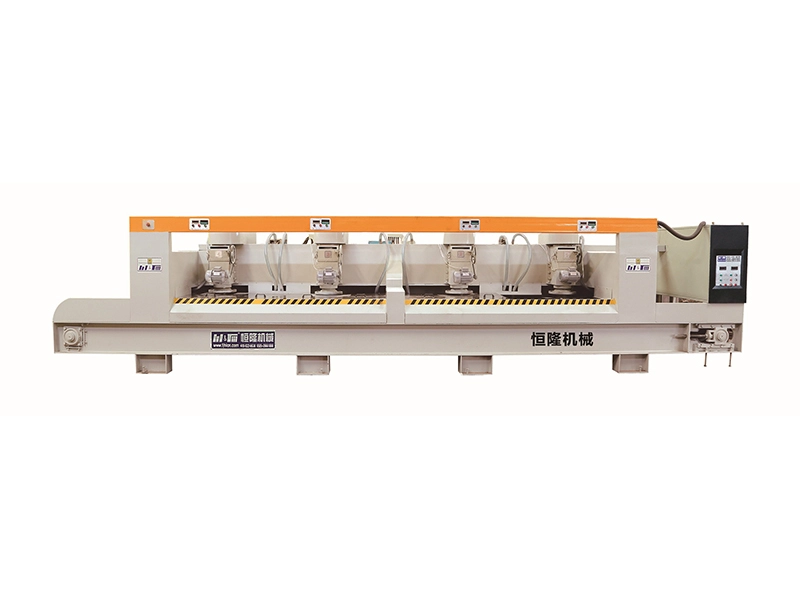Discover the Secrets to Effective Marble Plate Polishing
Time:
Oct 05,2025
Discover the Secrets to Effective Marble Plate Polishing
Table of Contents
- Introduction to Marble Plate Polishing
- Understanding Marble: Characteristics and Types
- The Importance of Polishing Marble Plates
- Essential Tools for Marble Plate Polishing
- Step-by-Step Guide to Effective Marble Plate Polishing
- Common Mistakes to Avoid in Marble Polishing
- Maintenance Tips for Long-lasting Shine
- Frequently Asked Questions
- Conclusion
Introduction to Marble Plate Polishing
Polishing marble plates is not just a cosmetic enhancement; it is an essential process that prolongs the life of your marble surfaces. Whether you are dealing with kitchen countertops, dining tables, or decorative art pieces, understanding how to polish them effectively is crucial. This guide will delve into the best practices, tools needed, and common pitfalls to avoid while polishing your marble plates.
Understanding Marble: Characteristics and Types
Marble is a metamorphic rock composed primarily of calcite, a crystalline form of calcium carbonate. Its natural beauty and variety of colors make it a popular choice for home decor. However, the same qualities that make marble desirable also make it susceptible to scratches, stains, and dullness.
Types of Marble Plates
There are several types of marble, each with unique characteristics:
- Calcite Marble: The most common type, known for its bright colors and smooth surface.
- Dolomitic Marble: More durable than calcite marble and often used in high-traffic areas.
- Recrystallized Marble: Contains a higher percentage of quartz, making it more resistant to scratches.
Understanding these types will help you select the appropriate polishing method and tools.
The Importance of Polishing Marble Plates
Polishing marble plates offers numerous benefits:
- Restores Shine: Over time, marble can lose its luster. Polishing restores its natural beauty.
- Protects Against Damage: Regular polishing helps seal the surface, reducing the risk of stains and scratches.
- Enhances Lifespan: Proper maintenance, including polishing, can significantly extend the life of your marble plates.
Essential Tools for Marble Plate Polishing
Having the right tools is vital for effective marble polishing. Here’s a list of tools you’ll need:
1. Electric Polisher
A robust electric polisher is essential for achieving a professional finish. Look for one with variable speeds to adjust to different polishing needs.
2. Diamond Polishing Pads
These pads come in various grits (from coarse to fine) and are crucial for leveling and finishing. Use coarser grits for initial polishing and finer grits for the final shine.
3. Marble Polishing Compound
A high-quality polishing compound specifically designed for marble can enhance the shine and provide a protective layer.
4. Soft Cloths or Buffing Pads
Using soft, lint-free cloths or buffing pads helps eliminate dust and enhances the shine during the final stages of polishing.
5. Water Spray Bottle
Keeping the surface moist during polishing prevents overheating and minimizes scratches.
Step-by-Step Guide to Effective Marble Plate Polishing
Now that you have your tools ready, let's dive into the step-by-step polishing process.
Step 1: Clean the Surface
Before polishing, ensure that the marble plate is clean. Use a mild pH-neutral cleaner and a soft cloth to remove dust and debris.
Step 2: Assess the Condition
Examine the surface for scratches or stains. This assessment will determine the grit of the diamond polishing pad you’ll start with.
Step 3: Start with Coarse Grit
Begin with a coarse grit diamond pad (around 50-100 grit) to address any deep scratches or imperfections. Attach the pad to your electric polisher, apply a small amount of water for lubrication, and polish in circular motions.
Step 4: Progress to Finer Grits
Switch to medium grit pads (200-400 grit) to refine the surface further. Follow the same circular motion technique, ensuring even coverage.
Step 5: Final Polish with Finer Grit
For the final polish, use a fine grit pad (800-3000 grit). This step will bring out the high shine characteristic of polished marble.
Step 6: Apply Marble Polishing Compound
Once polished, apply a polishing compound to enhance the shine and provide a protective seal. Buff the surface with a soft cloth until you achieve a radiant finish.
Step 7: Clean Up
After polishing, clean the area again to remove any residue from the polishing process.
Common Mistakes to Avoid in Marble Polishing
Avoiding common pitfalls can save you time and effort:
1. Skipping Cleaning
Neglecting to clean the surface before polishing can lead to scratches.
2. Using the Wrong Tools
Using inappropriate pads or compounds can damage the marble. Always select tools specifically designed for marble.
3. Overheating the Surface
Using too much pressure can overheat the marble, causing damage. Use light pressure and let the polisher do the work.
4. Ignoring Stains
Not pre-treating stains can result in uneven polishing. Always address stains before starting the polishing process.
5. Inconsistent Motion
Failing to maintain consistent circular motions can lead to uneven polishing and an unsatisfactory finish.
Maintenance Tips for Long-lasting Shine
To keep your marble plates looking their best, consider these maintenance tips:
1. Regular Cleaning
Clean your marble plates regularly with a pH-neutral cleaner to prevent buildup.
2. Use Coasters and Trivets
Protect your surfaces from heat and spills by using coasters and trivets.
3. Reseal Periodically
Depending on usage, resealing every 6-12 months will help maintain the protective layer.
4. Avoid Harsh Chemicals
Stay away from acidic or abrasive cleaners that can etch the marble surface.
Frequently Asked Questions
1. How often should I polish my marble plates?
It depends on usage, but polishing every 6-12 months is generally recommended for high-traffic areas.
2. Can I polish marble plates myself?
Yes, with the right tools and techniques, you can effectively polish marble plates at home.
3. What should I do if my marble is scratched?
You can often remove light scratches with a fine grit diamond pad. For deeper scratches, professional help may be required.
4. Is it safe to use vinegar on marble?
No, vinegar is acidic and can damage the marble surface. Always use pH-neutral cleaners.
5. How do I maintain the shine after polishing?
Regular cleaning and occasional resealing will help maintain the shine of your polished marble.
Conclusion
Polishing marble plates is an essential process that enhances their aesthetic appeal while extending their lifespan. By understanding the techniques, using the right tools, and avoiding common mistakes, you can achieve a stunning finish that will make your marble surfaces the centerpiece of any room. With proper maintenance, the beauty of polished marble can endure for years, allowing you to enjoy its elegance without worry.







